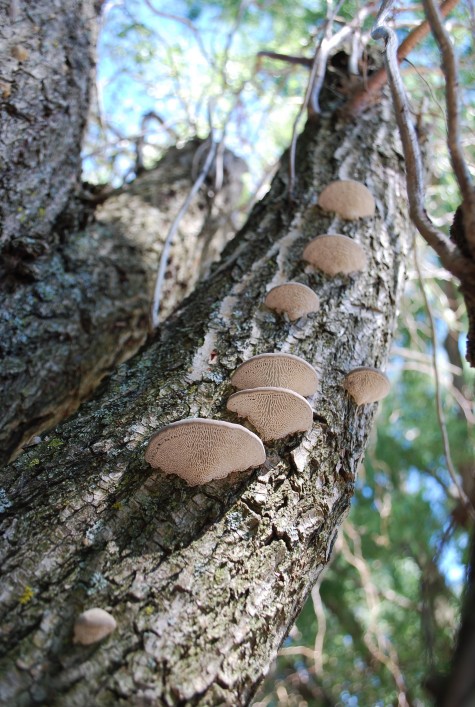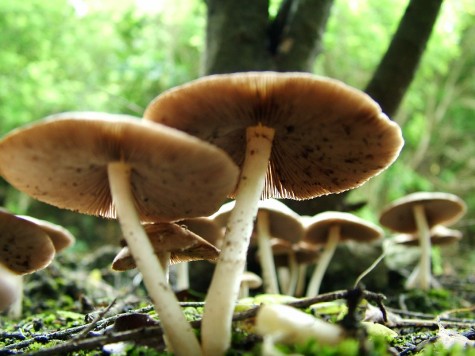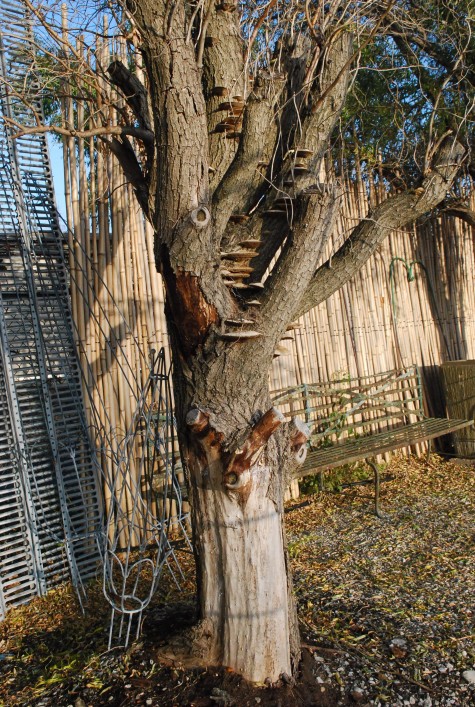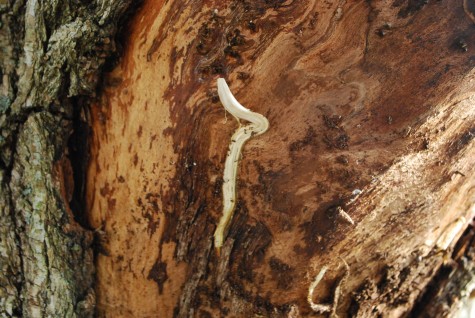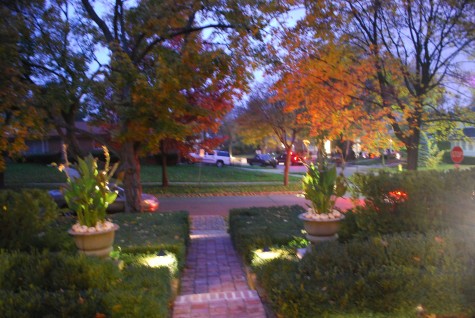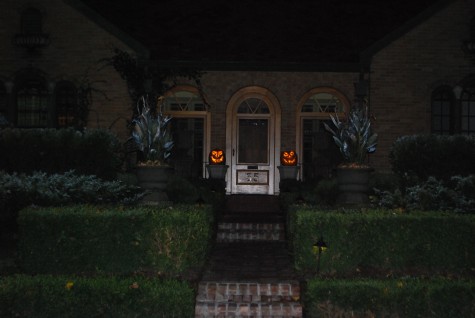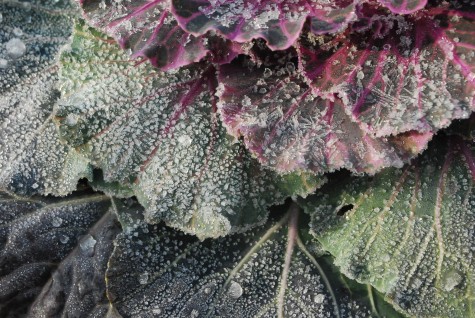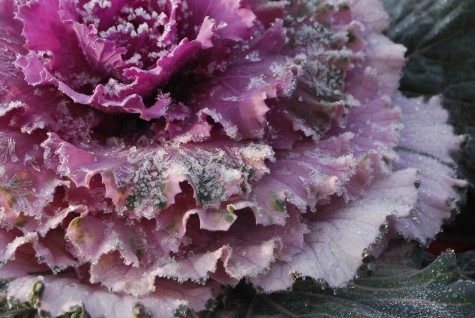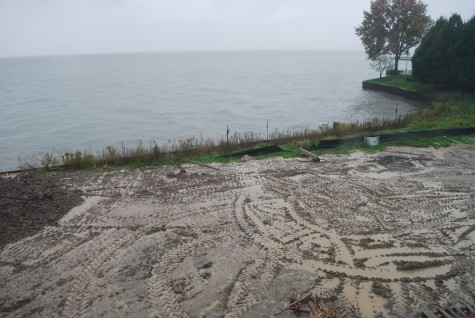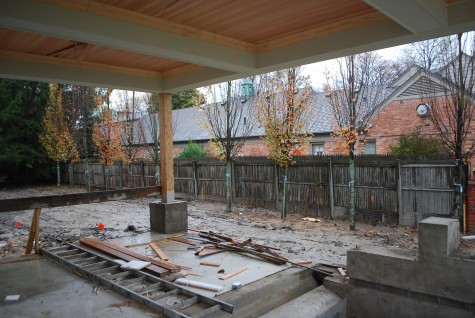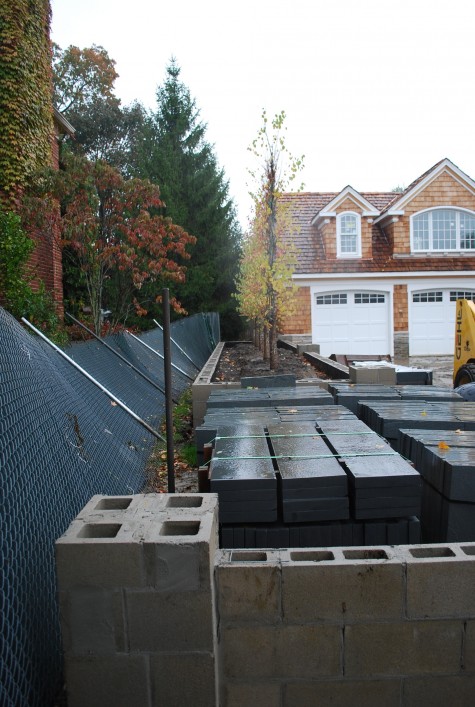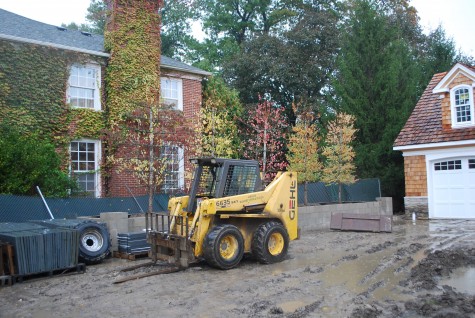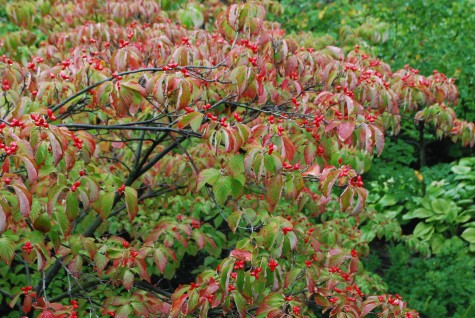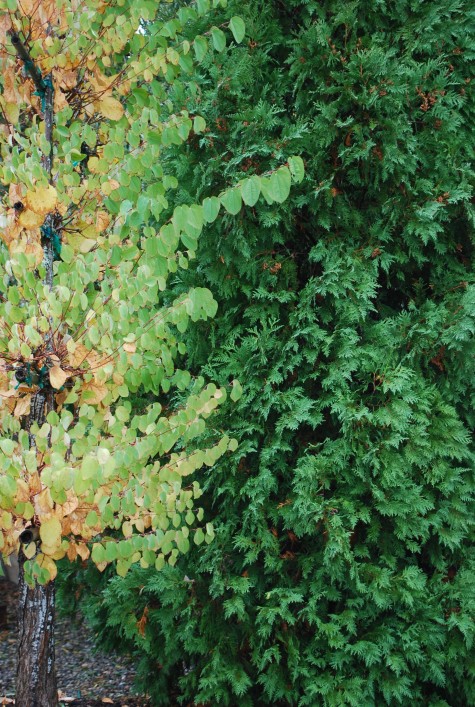I am as tired and headachy as you are about trying to put together a holiday season inside and out, so I thought I might write about a different topic. What about the garden? I have a dead willow in the back of the property being colonized by bracket fungus. Fungus? Any gardener’s relationship with fungus is a potentially stressful one. The black spot fungus on my roses is unwelcome, and uncalled for. I feel bad for Buck, the day the fungus appears on the roses. It makes me very grumpy. Black tar fungus plagued all of my maples all summer long. I had leaves dropping all summer long. The mildew on the dahlias and verbena bonariensis is especially annoying. Trouble to come from fungus is in the air, and in the soil-unseen. unanticipated. And definitely unwelcome.
I am not particularly knowledgeable about fungal bodies, but the topic interests me. This is my fairy tale version. The kingdom known as Funghi is separate from the animal, the plant, and the bacterial kingdoms. Scientists believe they are closer in genetic makeup to animals, than plants. It is easy to not know much about them. Their spores live and thrive on decaying matter, wood and bark. They only make themselves known via their fruiting bodies.
Mushrooms are among the most recognizable forms of funghi. Mushrooms have beautiful and instantly recognizable shapes. I see garden sculptures of them all the time-and am drawn to them. We have felt and fabric mushroom garden ornaments in the shop now. What is the allure of the mushroom? They populate the forest floor-in those moist and mossy spots that have that primeval atmosphere. They arise overnight under mysterious circumstances; one can take spore prints from the tops. This picture of a pair of the deadly poisonous Amanita mushroom came from Alaska-In-Pictures.com-they are beautiful.
This photograph of a pair of giant mushrooms came from Wikipedia Commons. They have a ghostly and ancient appearance. Rubbery, yet fragile. Their stalks glisten; for all the world, it looks like the undersides of the caps have gills that are breathing? Could they be breathing? They smell like dirt, and decaying organic matter. Earthy. Earthy-anything coming from or smelling like the earth-sign me up. This is my most favorite scent-the combination of shade, moisture, compost and soil, with a dash of the spa of an ancient forest-sublime.
I eat mushrooms; I love their musty taste as much as I love a port that tastes like the inside of an old trunk, or a cheese of similar age. I am neither a hunter nor a forager of these funghi, but my parents were. I have memories of visiting relatives in the Upper Peninsula of Michigan during Morel season. I cleaned many a morel-for breakfast with eggs. The morel lunches-I cannot remember what they were, exactly. I was probably 10 years old. The morel endowed dinners-my family lived for this yearly event. This photograph is from activerain.com-and was taken in Michigan.
Why fungus? Why now? Thanksgiving Day I came to the shop to write a quote for a design I had done that was long overdue. I took plenty of breaks, outdoors, with Howard and Milo. We walked out to the willows, to see what was going on. The second trip, I took my camera.
I planted these willows 15 years ago; I bought them from Bordines nursery in late fall. How they have grown. Their bark is amazingly textural. They grow so fast-everywhere I see what seems like growing pains in the pattern of the bark.
One of these willows blew over in a bad storm 2 years ago. Though we uprighted the tree, and cut the top back severely, it is close to dead. What is living? The bracket fungus that have taken up residence, and are thriving. A colony of fungus. Should I be happy, or should I be horrified?
This is my take. Nothing about nature is necessarily happy, or horrifying. There is a process going on, given a grand plan. Peeling away a piece of bark on the dead willow reveals this “structure”; what is it? Another piece of the process to learn about-that’s what it is. The funghi, they have their place. I am part of that place-this feels fine.

